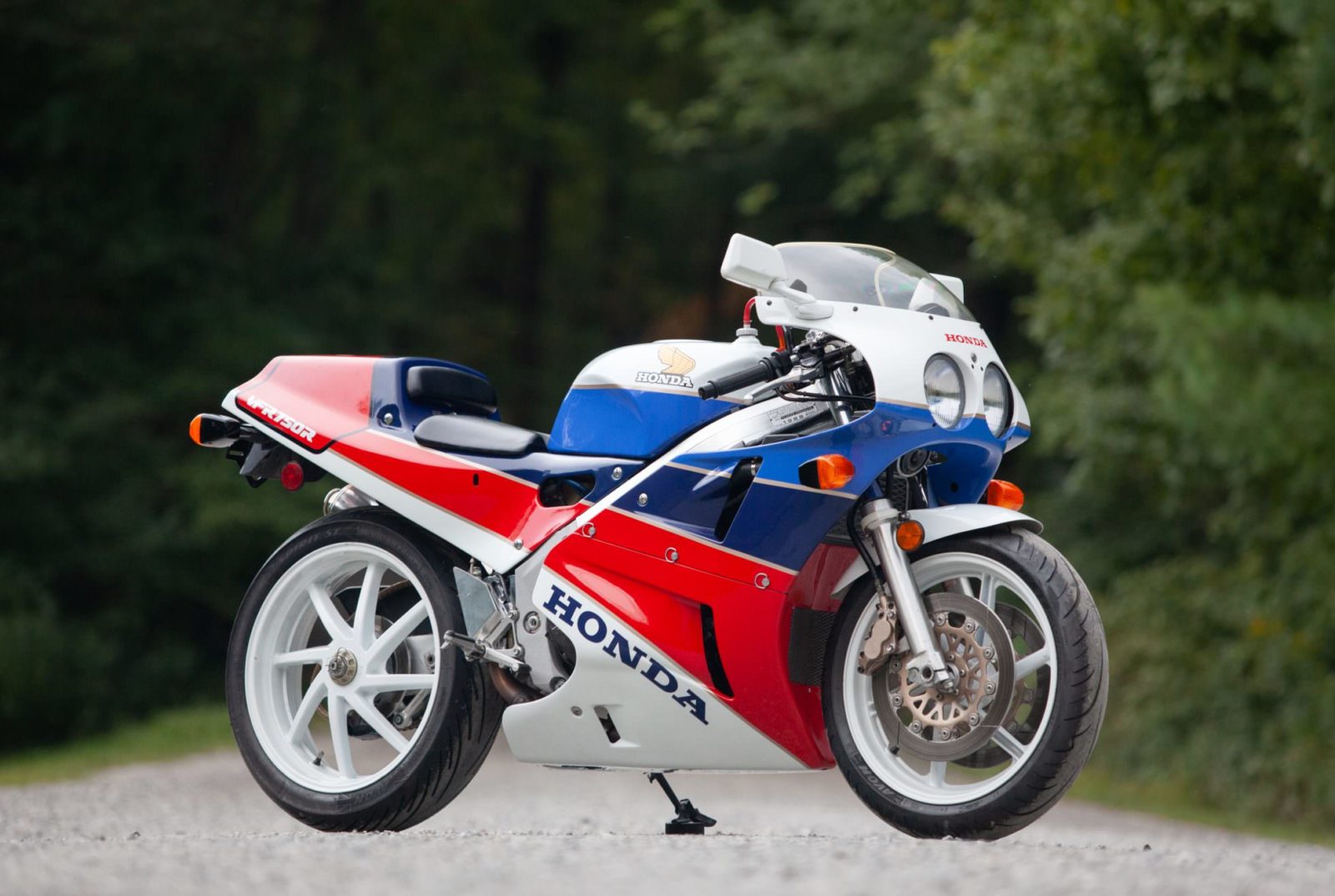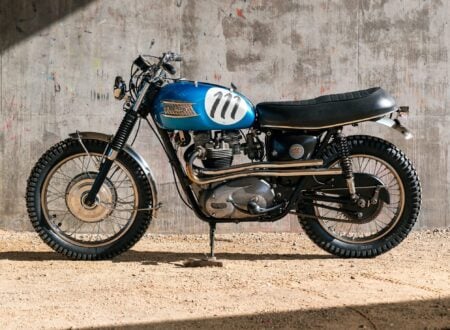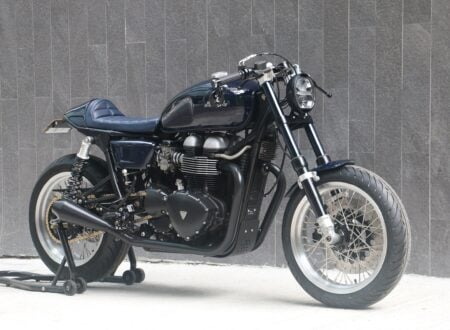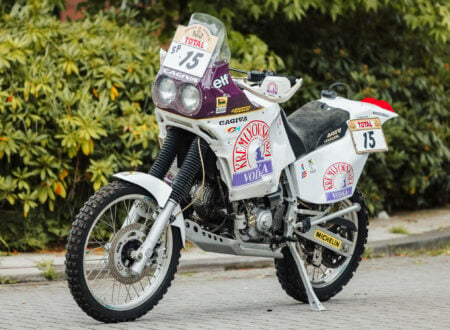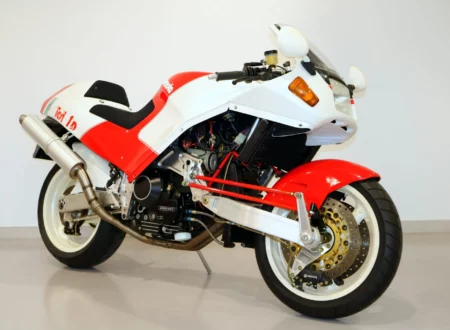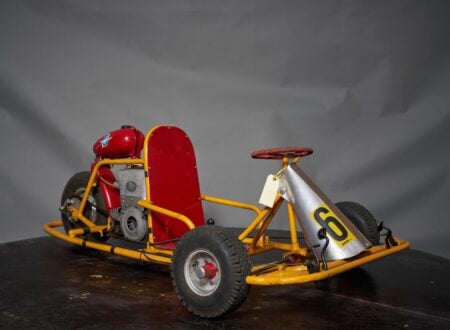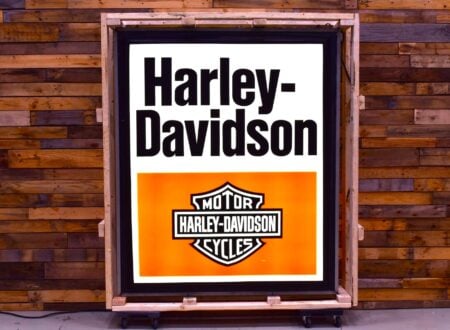When the Honda VFR750R RC30 went on sale in 1988 it was essentially a road-legal, two-wheeled grand prix motorcycle that anyone could buy. If they could get their hands on one that is.
In its first year of competition Fred Merkel won the inaugural 1988 Superbike World Championship on his RC30, both the riders and manufacturers title. He then did it again in 1989 to prove it wasn’t a fluke. The bike would go on to become the most successful World Championship-winning four-cylinder Japanese motorcycle of all time.
Fast Facts – The Honda “RC30” VFR750R
- When the Superbike World Championship was launched in 1988 there was a homologation stipulation that any company that wanted to compete had to produce a road-legal production run of their race bike.
- As is often the case with homologation rules, they gifted the world with some remarkable new road-legal vehicles – in this case the RC30, one of the most important superbikes and most important Honda motorcycles of all time.
- The RC30 was developed with what was more or less an unlimited budget, it used aerospace alloys and titanium – all back in the late 1980s when these materials were rarely seen on motorcycles (or cars for that matter).
- The heart of the RC30 is its 748cc 90º V4, a liquid-cooled engine with double overhead cams, 16 valves, alloy pistons, titanium connecting rods that produced 118 bhp at 11,000 rpm. Given the bike’s dry weight of 180 kgs it was almost unbeatable in the late 1980s.
Superbike Royalty – The Mighty RC30
The truth of the matter is that the RC30 only exists because of homologation requirements put in place by the World Superbike Championship that forced manufacturers to offer their race bikes as road bikes, with a small number of necessary changes of course.
Above Video: This is the original Honda promotional film for the RC30. It showcases the workmanship that went into each bike, and you see parts like titanium connecting rods being individually modified for perfection.
Honda would build just 3,000 examples of the VFR750R between 1987 and 1990 to meet these requirements, and they sold them through dealers for an MSRP that was over double the price of a “normal” superbike.
Despite the cost the bikes sold just as quickly as dealers could get them in. Many were stripped of their road-legal additions – like blinkers, brake lights, and license plates so they could be raced either professionally or at a high-end amateur level.
While all of this was going on the official Honda racing team was out on track also, contesting the first ever Superbike World Championship in 1988. As noted above they dominated the series, winning the rider’s and manufacturer’s championship in 1988 and in 1989.
Elsewhere in the world of motor racing the RC30 was enjoying a similar streak of success. Robert Dunlop won the 1989 Macau Grand Prix, then Steve Hislop went and did the same a year later in 1990. In 1993 Helmut Dähne set the fastest Nordschleife lap time on a motorcycle of 7:49:710.
Over on the Isle of Man Steve Hislop set the first ever 120 mph lap on the Isle Of Man TT course on his RC30. By this time the race wins were rapidly accumulating for the white, blue, and red Honda, and its reputation as the best superbike in the world was indisputable.
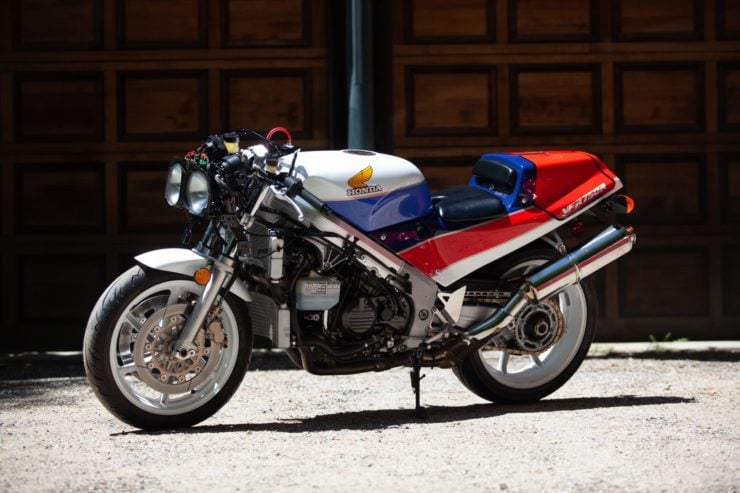

It’s been estimated that 75% of the RC30s that were sold were converted for race track use, leaving only approximately 750 road-legal bikes available, and many of these are in long term private ownership.
Honda VFR750R RC30 – Specifications
- Frame – The RC30 has an aluminum-alloy perimeter frame which directly connects the swing arm pivot point with the steering head. It also has a single-sided Pro-Arm aluminum-alloy swing arm.
- Engine – A 748cc 90º V4, a liquid-cooled engine with double overhead cams, four valves per cylinder, lightweight alloy pistons, ultra-lightweight titanium connecting rods, and four 35mm Keihin carburetors.
- Brakes – Disc brakes were fitted front and rear, with twin 310mm floating discs and four piston calipers up front and a single piston unit in the rear.
- Transmission – The gearbox is a compact 6-speed unit with close ratios, it has an unusually long first gear that can be run from 0 – 82 mph.
- Power Output – There were two main road-legal specifications for the power output of the RC30. The Japanese bike were restricted to 76 bhp at 9,500 rpm for legal reasons and the bikes for the international markets received the full 118 bhp at 11,000 rpm.
- Suspension – The RC30 is fitted with 43mm cartridge-type Showa forks up front with quick release mountings for the wheel. A monoshock is fitted in the rear and the rear wheel can be removed and swapped out quickly for wheel/tire changes.
- Bodywork – The bike has an alloy fuel tank and hand-laid fiberglass bodywork.
- Performance – The top speed of the Honda RC30 has been debated for years, very few have ever actually experienced it to speak on the subject with any certainty. Honda claimed 250 km/h (155 mph) however some believe that 246 km/h (153 mph) is a more accurate figure.
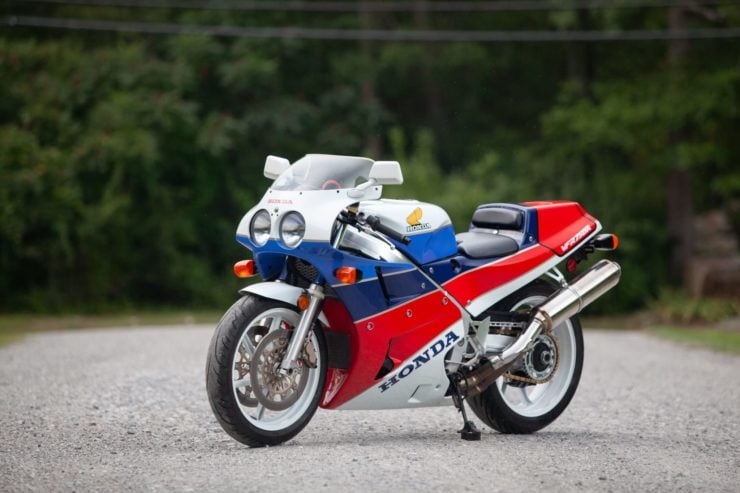

The 1988 Honda VFR750R RC30 Shown Here
The RC30 you see here is one of just 32 that were made for the Canadian market in 1988, and one of just 3,000 made in total.
it was later sold to a collector in Massachusetts and it’s now being offered for sale after a number of maintenance tasks have been performed – these included painting the fairing, changing the oil and coolant, rebuilding the clutch cylinders, bleeding the brakes, and replacing the battery and tires.
If you’d like to read more or place a bid it’s being offered for sale on Bring a Trailer out of Great Barrington, Massachusetts with 6,000 kilometers on the odometer and you can see the listing here.
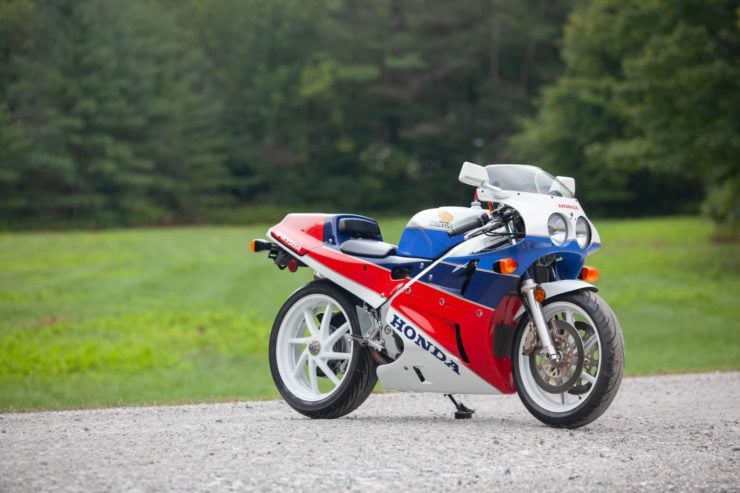
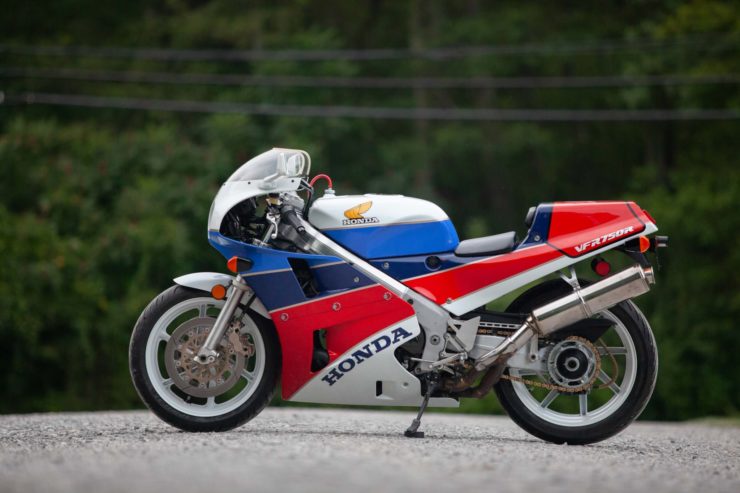
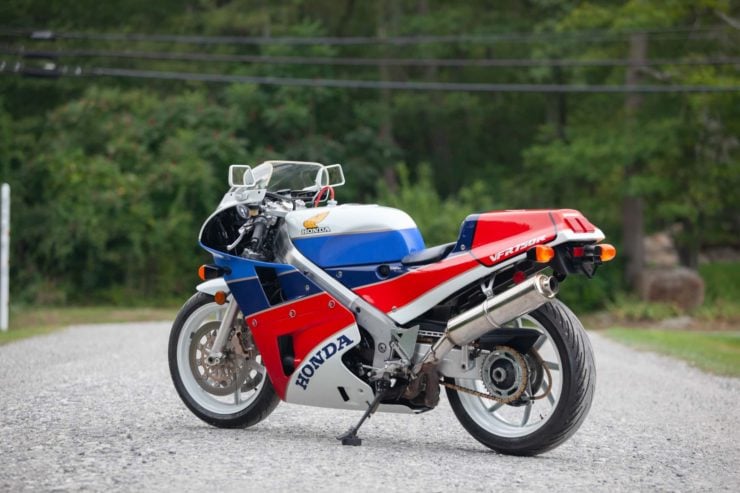
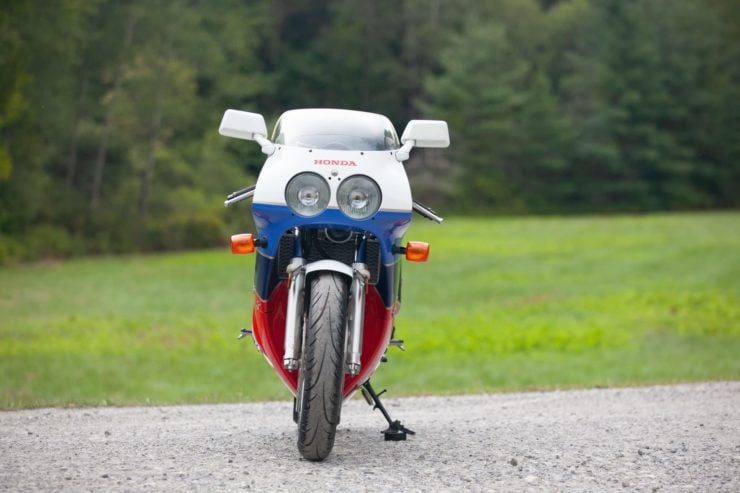
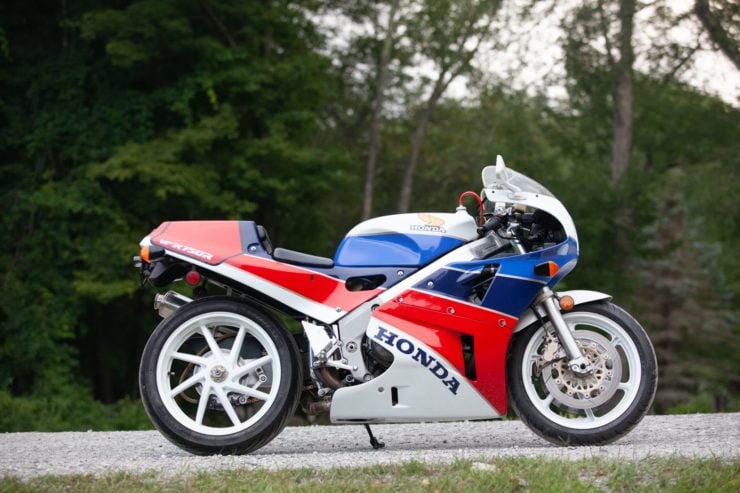
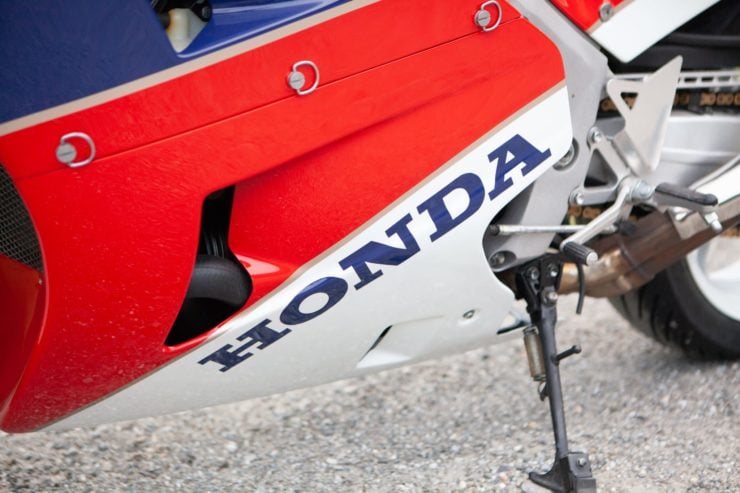
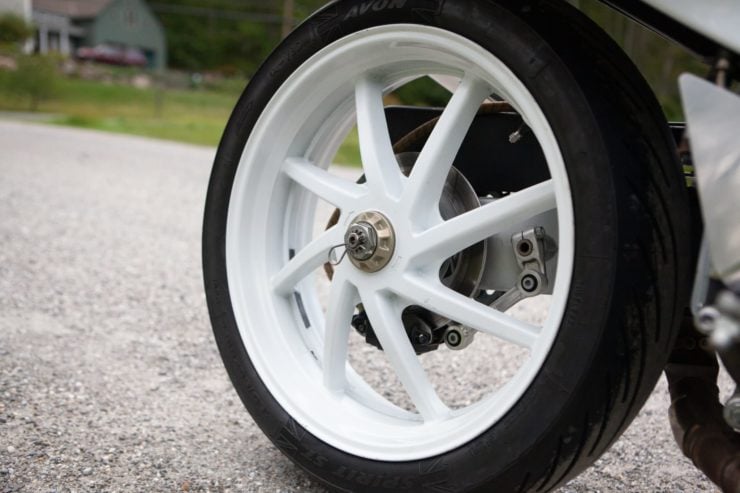
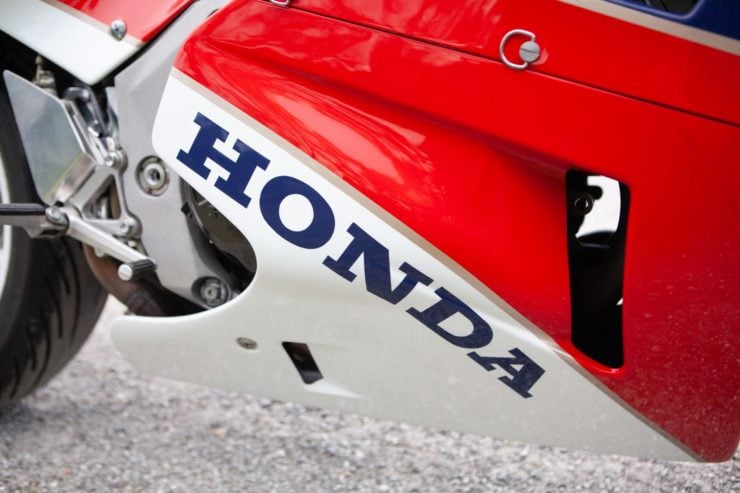
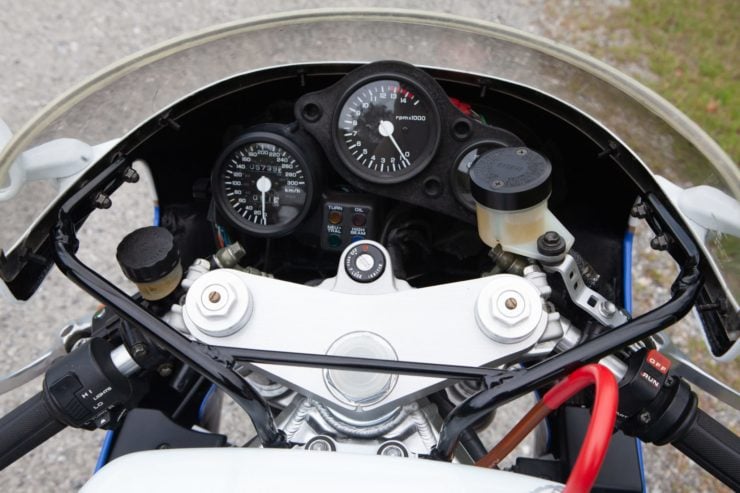
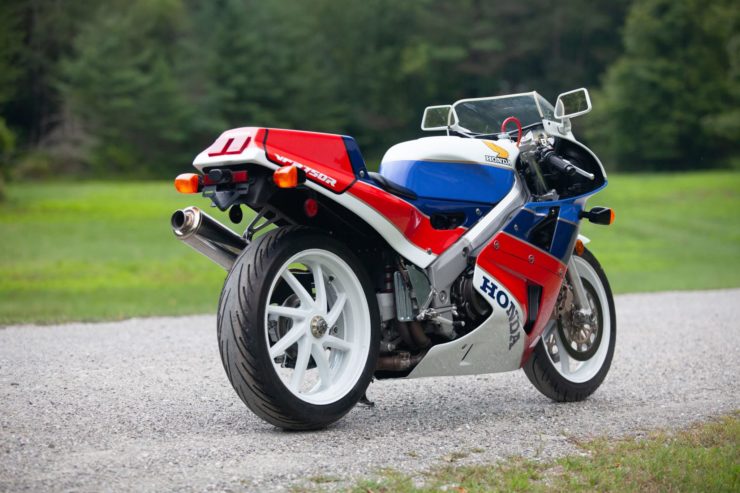
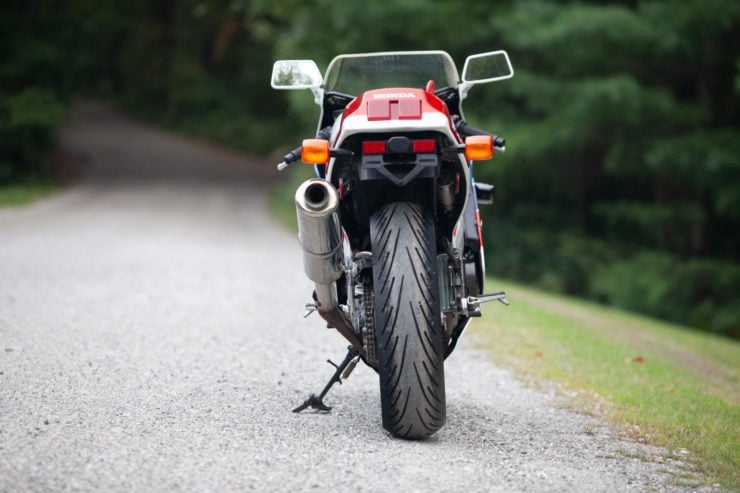
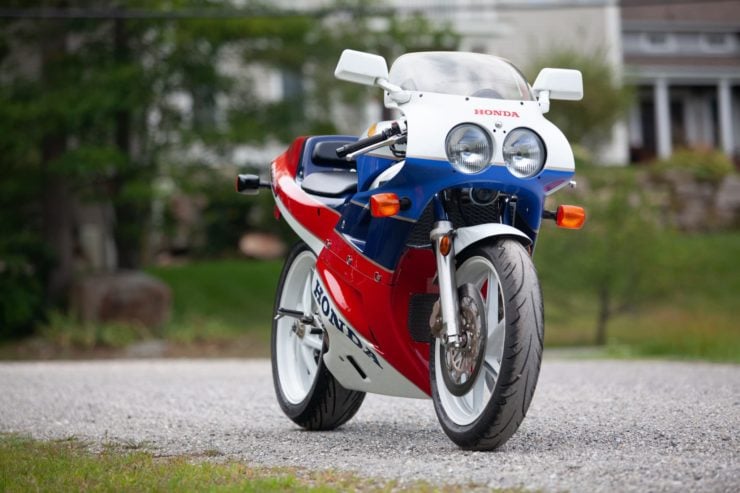
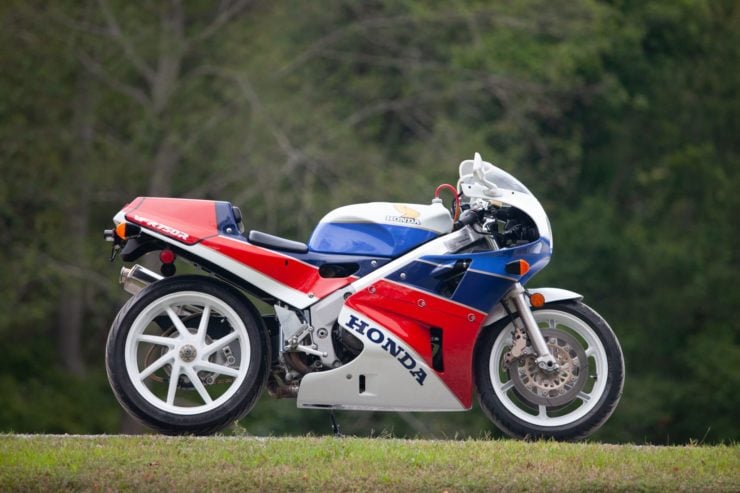
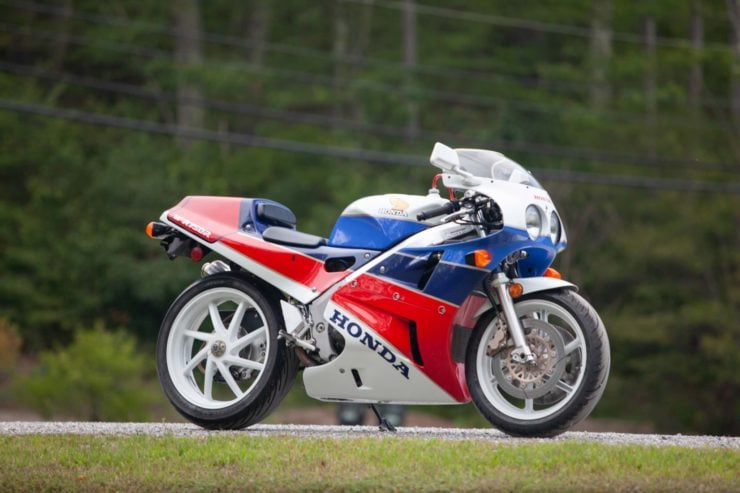
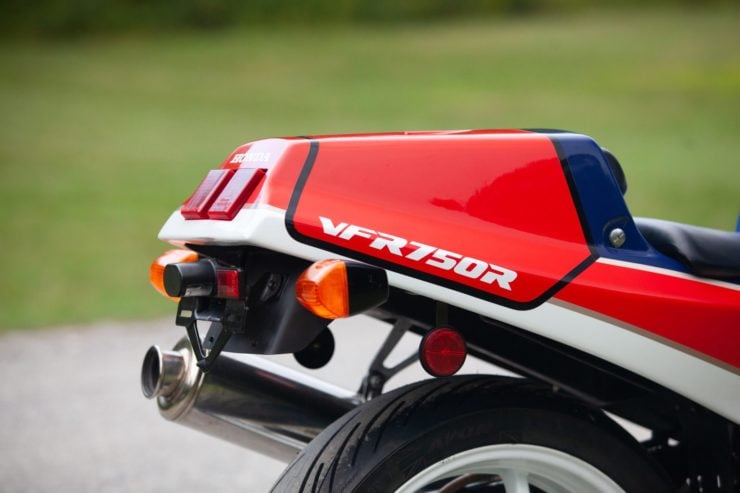
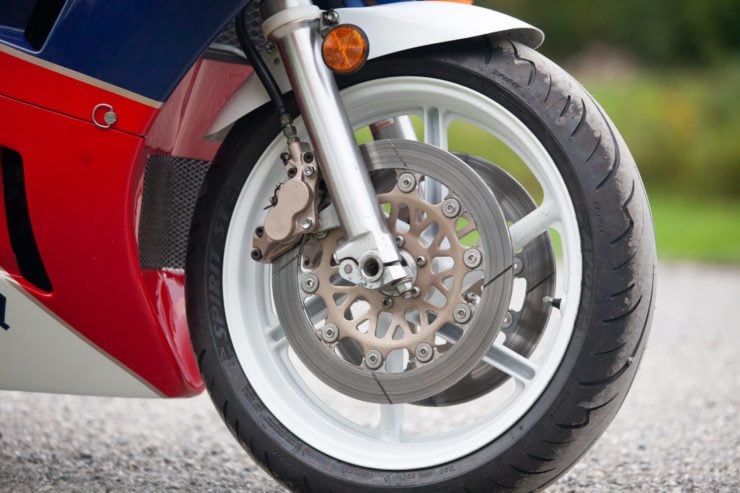
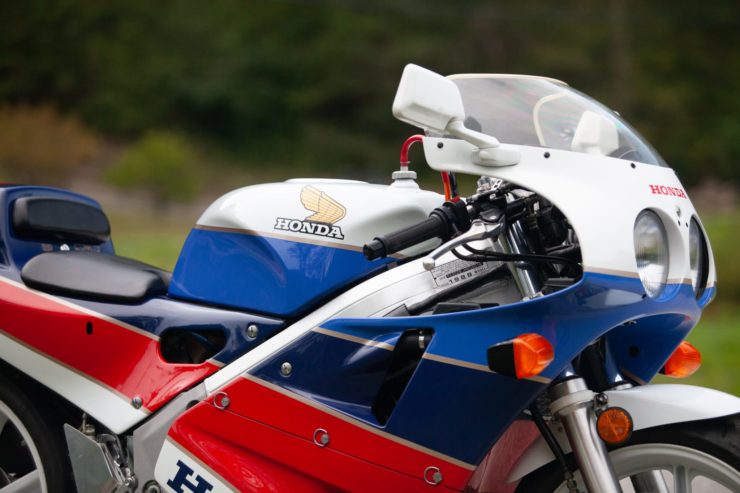
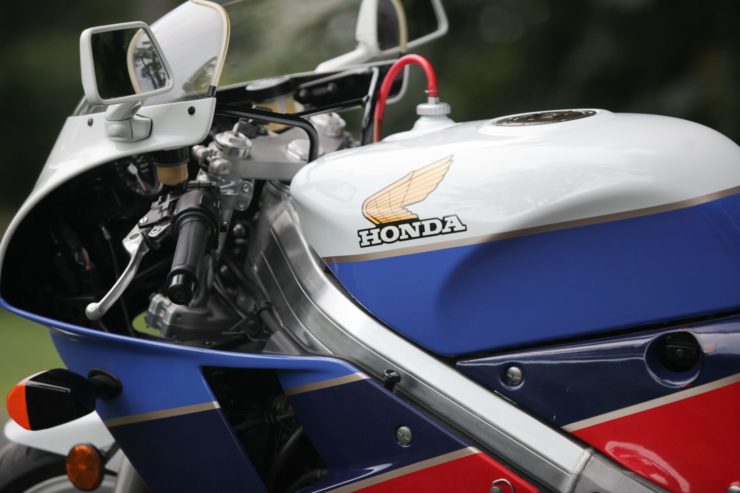
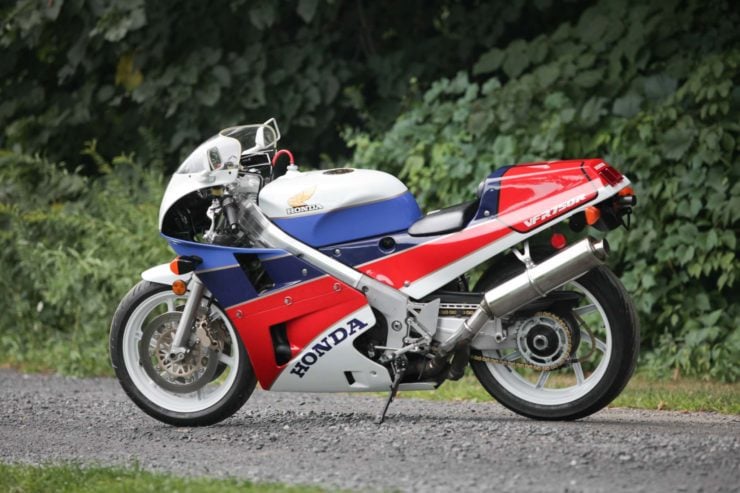
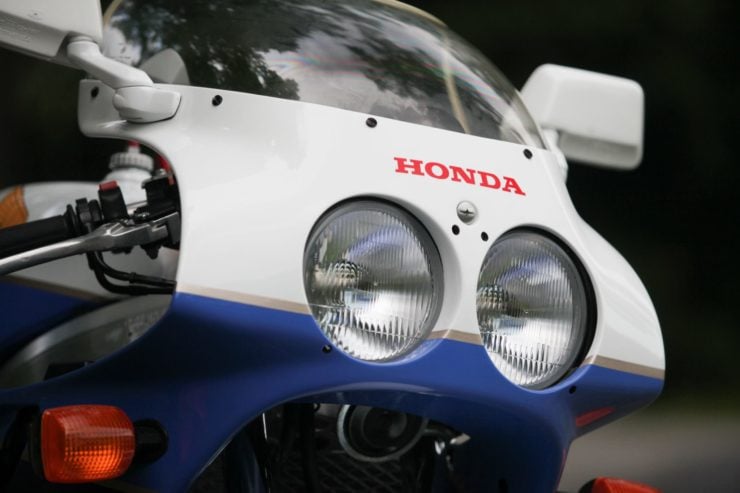
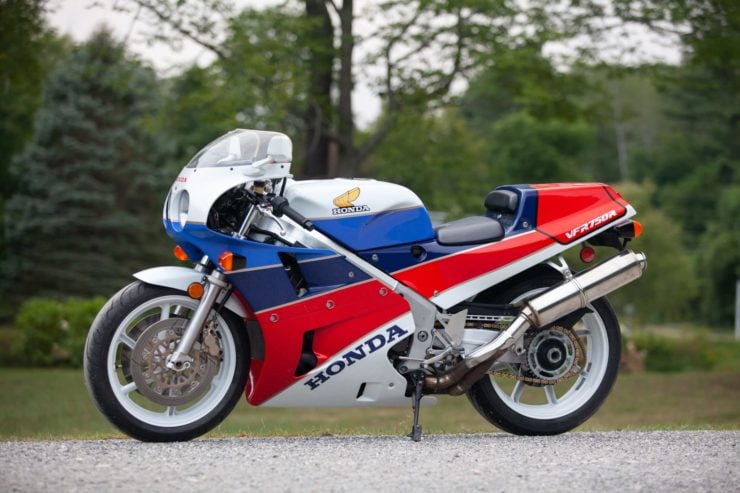
Images courtesy of Bring a Trailer.

Articles that Ben has written have been covered on CNN, Popular Mechanics, Smithsonian Magazine, Road & Track Magazine, the official Pinterest blog, the official eBay Motors blog, BuzzFeed, Autoweek Magazine, Wired Magazine, Autoblog, Gear Patrol, Jalopnik, The Verge, and many more.
Silodrome was founded by Ben back in 2010, in the years since the site has grown to become a world leader in the alternative and vintage motoring sector, with well over a million monthly readers from around the world and many hundreds of thousands of followers on social media.

